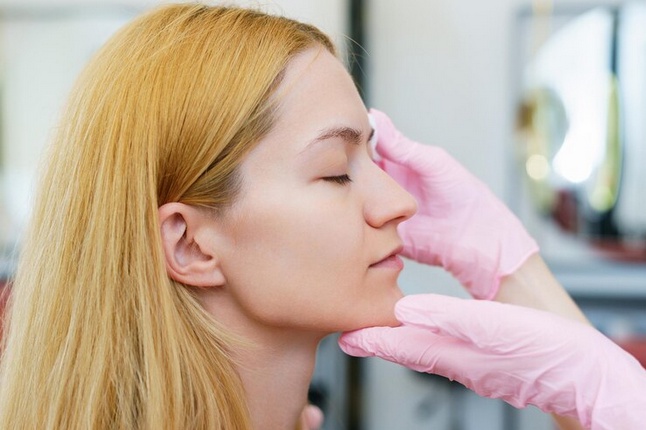Understanding Turkey's Hair Restoration Hub: Reasons for Popularity
Turkey has gained recognition as a hub for hair restoration procedures due to several key factors:
-
Skilled Surgeons: Turkish surgeons are renowned for their expertise in hair restoration techniques, including follicular unit transplantation (FUT) and follicular unit extraction (FUE). They undergo rigorous training and stay updated on the latest advancements in the field.
-
Advanced Techniques: Turkish clinics utilize advanced technologies and techniques to achieve natural-looking results with minimal scarring. FUE, in particular, has gained popularity for its precision and effectiveness in harvesting hair follicles.
-
Affordability: Hair transplant procedures in Turkey are significantly more affordable compared to many Western countries, making them accessible to a broader range of patients. This affordability does not compromise the quality of care or results.
-
Medical Tourism: Turkey's strategic location, cultural attractions, and hospitality make it an attractive destination for medical tourists seeking hair restoration procedures. The country's well-established infrastructure and ease of travel further contribute to its appeal.
The Hair Transplant Process: What to Expect
The process of undergoing a hair transplant in Turkey typically involves the following steps:
-
Consultation: Patients begin by consulting with a hair transplant specialist, who assesses their hair loss pattern, donor hair availability, and aesthetic goals. The surgeon provides personalized recommendations and addresses any concerns the patient may have.
-
Preparation: Before the procedure, patients may undergo blood tests and other medical evaluations to ensure they are healthy and suitable candidates for surgery. They are also provided with pre-operative instructions to follow, such as avoiding certain medications and alcohol.
-
Surgery: On the day of the procedure, the patient receives local anesthesia to numb the scalp. The surgeon then harvests hair follicles from the donor area, typically the back or sides of the scalp, using either FUT or FUE techniques. The harvested follicles are then transplanted into the recipient sites on the scalp, following the natural hairline and pattern.
-
Recovery: After the surgery, patients are given post-operative instructions to follow, including caring for the transplant area and avoiding strenuous activities. They may experience some swelling, redness, and discomfort in the days following the procedure, but these symptoms typically subside within a week or two.
-
Follow-Up: Patients are scheduled for follow-up appointments to monitor their progress and ensure proper healing. The surgeon may provide additional instructions or recommendations based on the patient's recovery process.
Potential Outcomes and Considerations
Hair transplant surgery in Turkey can yield transformative results, restoring natural hair growth and enhancing the patient's appearance. However, it is essential for patients to have realistic expectations and understand the potential outcomes and considerations associated with the procedure:
-
Natural-Looking Results: With skilled surgeons and advanced techniques, hair transplants turkey can achieve natural-looking results that blend seamlessly with the patient's existing hair.
-
Scarring: While FUE techniques minimize scarring compared to traditional FUT methods, some scarring may still occur in the donor area. However, these scars are typically small and easily concealed by surrounding hair.
-
Hair Growth: It may take several months for the transplanted hair to start growing, and full results may not be visible until 6 to 12 months post-surgery. Patience is essential during the recovery period, as hair growth is a gradual process.
-
Maintenance: While the transplanted hair is permanent, patients may still experience ongoing hair loss in other areas of the scalp. Depending on individual factors, additional procedures or maintenance treatments may be needed in the future.
-
Risks: As with any surgical procedure, there are inherent risks associated with hair transplant surgery, including infection, bleeding, and adverse reactions to anesthesia. Patients should carefully weigh these risks against the potential benefits before undergoing surgery.
Choosing a Hair Transplant Clinic
When considering a hair transplant in Turkey, patients should research and choose a reputable clinic with experienced surgeons and a track record of successful outcomes. Some factors to consider when selecting a clinic include:
-
Surgeon Credentials: Verify the qualifications and credentials of the surgeon performing the procedure, including their training, experience, and specialization in hair restoration techniques.
-
Patient Reviews: Read reviews and testimonials from previous patients to gauge their satisfaction with the clinic and the results of their hair transplant surgery.
-
Clinic Facilities: Visit the clinic or review photos of the facilities to ensure they meet your standards for cleanliness, professionalism, and comfort.
-
Communication: Ensure clear and open communication with the clinic staff, including


No comments yet